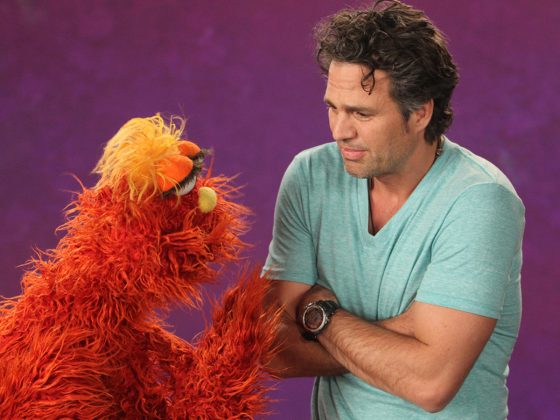
What Is Empathy?
Mark Ruffalo and Murray talk about what the word "Empathy” means.
Watch the video together, then point out that Murray had some trouble understanding what “empathy” meant: it’s the ability to understand and care about how someone else is feeling. There are different ways to build empathy at each age:
Babies
Notice how your baby reacts to your different facial expressions. Babies as young as six months old look to their caregivers to figure things out. When passing a baby to a grandparent to hold, you might smile warmly and reassuringly.
Toddlers
When kids recognize and label their own feelings, they can better recognize those of others—a key part of empathy. Try using “feeling” words in everyday moments. “Do you feel sad without your teddy bear?” or “That ice cream made you happy!”
Preschoolers
As children begin to interact more and more with others, tough situations come up (tussles over toys, making new friends, or deciding on the next game). In those times, asking kids to see the impact of their actions on someone’s feelings builds empathy. (“John is sad that he hasn’t picked a new game yet like everyone else. Can you give John a turn to pick a game from the box?”)
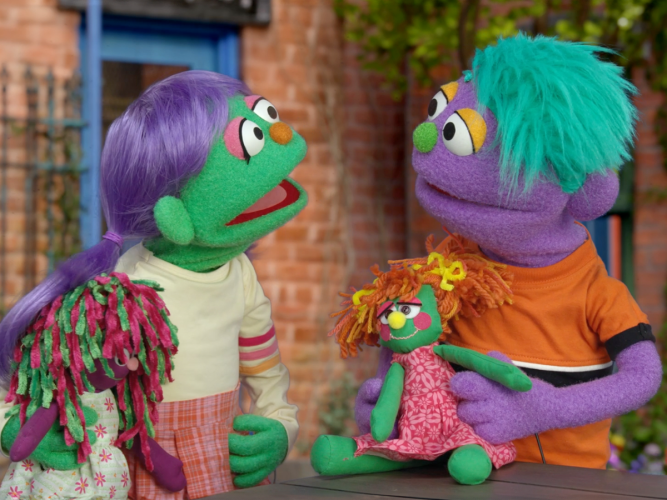
Resolving Hurt Feelings with Rosita and Friends
Misunderstandings and hurt feelings can be opportunities to build friendships and develop important social skills.
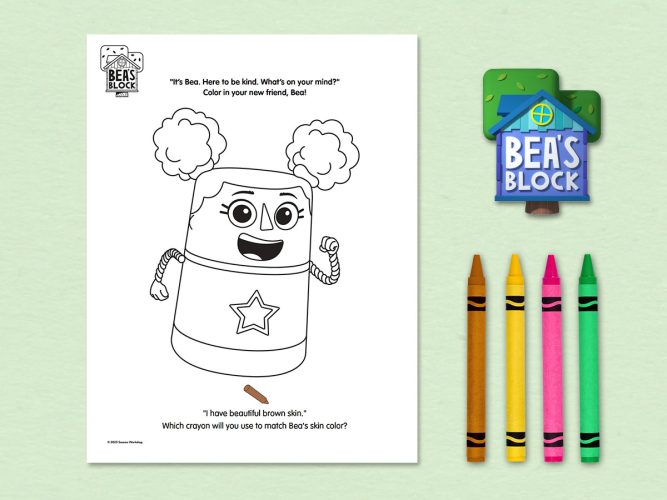
Bea’s Block Kindness Adventure Color & Activity Guide
Activities and coloring pages for children that celebrate kindness.
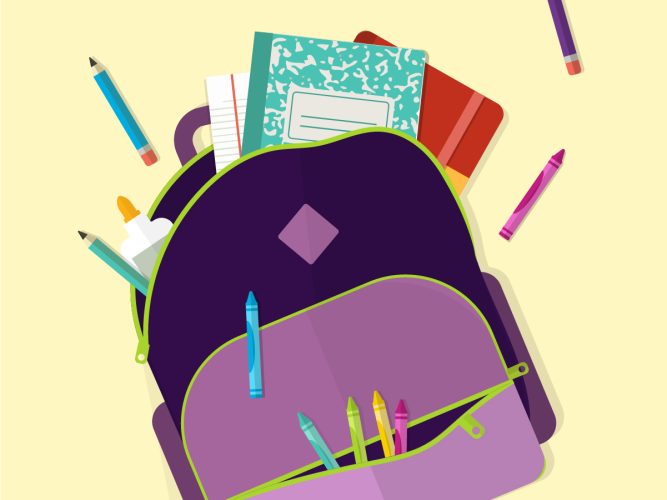
Understanding Bullying
Senior Vice President of Curriculum and Content, Rosemarie Truglio, PhD, examines bullying as it affects young children, and shares ways to handle—and prevent—it.
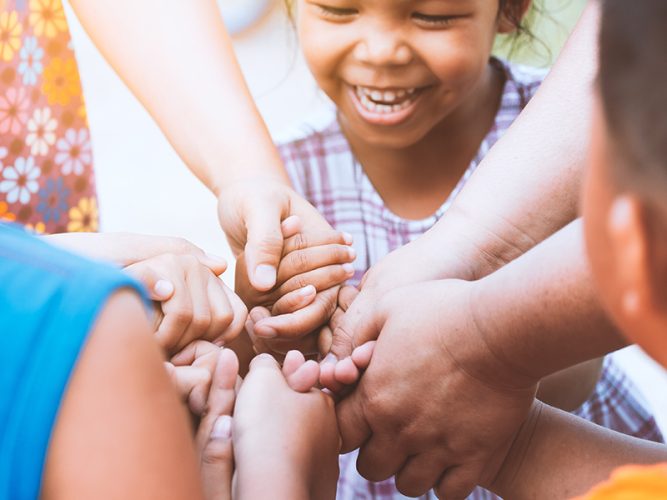
Building a Connected Community
Take a course on ways to help children and families get ready for school and life—together!
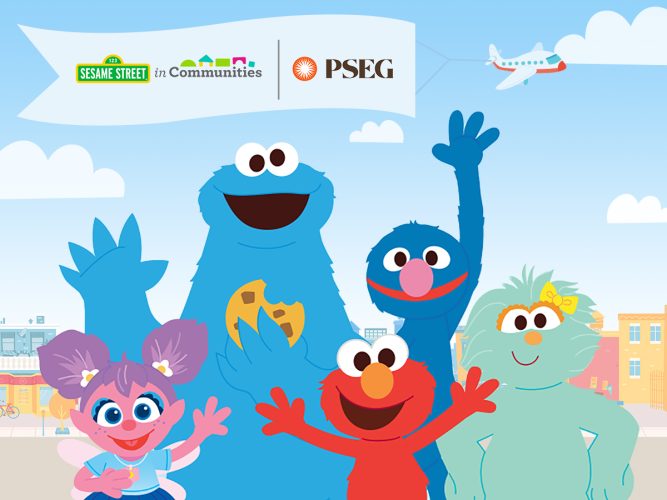
Little Neighbors
In this webinar, you’ll learn how you can use our “Little Neighbors” initiative to help children and their families discover their power to make their communities—and the world—a happier, healthier, safer place for everyone.
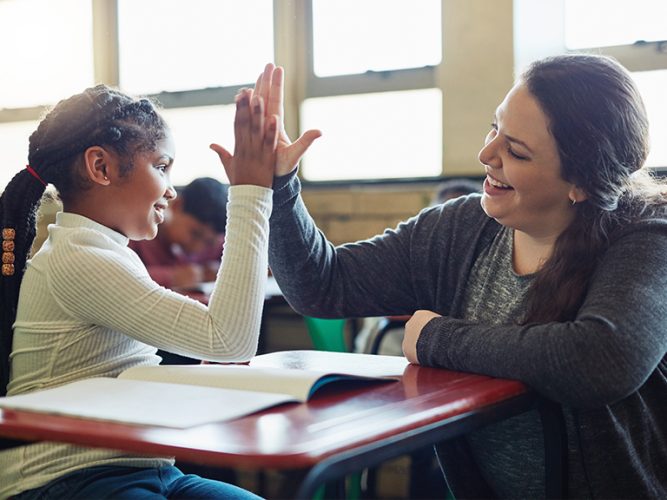
Caring Communities
In our course Caring Communities, you can explore the ways to embed storybooks, printables, videos, and digital games in your work with everyone in your neighborhood.
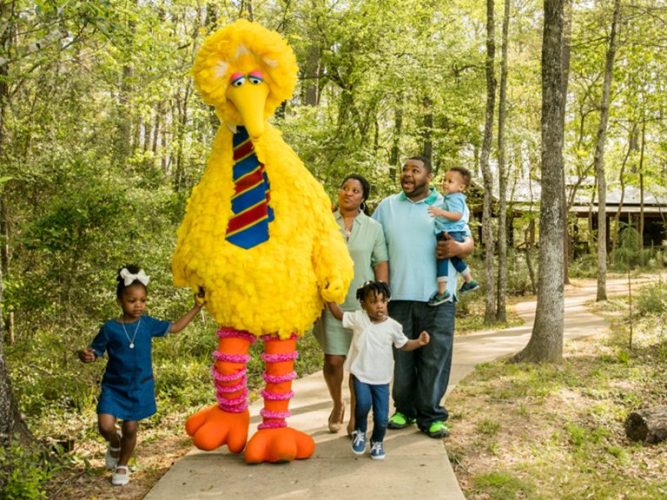
Roads to Resilience
A course highlighting some of the best assets from topics across SesameWorkshop.org with customized approaches, and tips and tricks on using these resources in your work with caregivers and their children.
